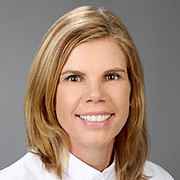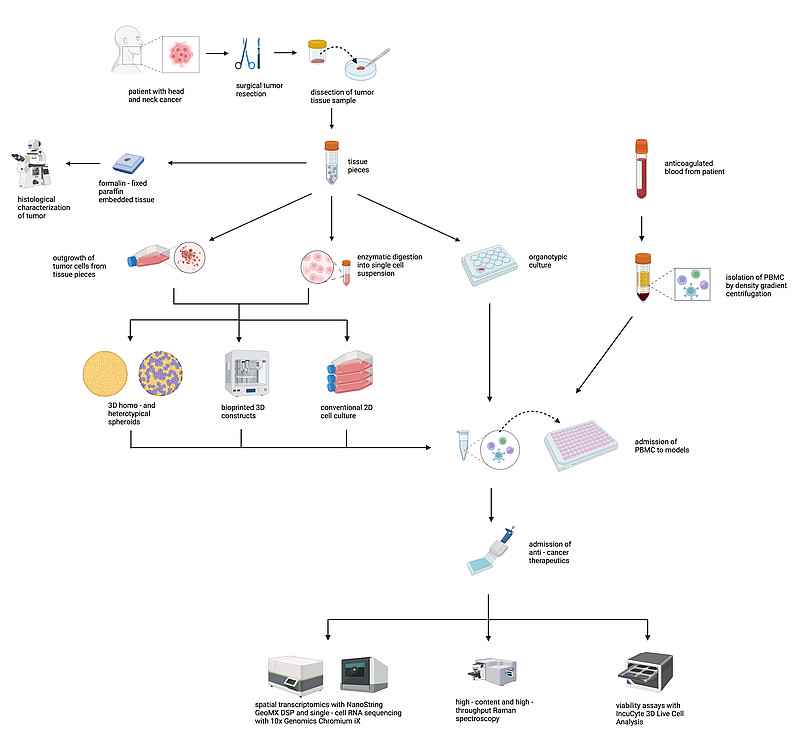Sie befinden sich hier
Inhalt

Graduate: Emma Sohn
Our work focuses on patient – derived 3D cell culture models and the evaluation of their potential use in personalized therapy of head and neck cancer. We are particularly interested in their ability to predict response to established therapeutic approaches in high – throughput screenings.

Supervisor: Prof. Dr. med. Nicole Rotter
nicole.rotter@umm.de
Department of Otolaryngology, UMM, Heidelberg University
www.umm.de/hals-nasen-ohren-klinik
www.umm.uni-heidelberg.de/mi3/people/nicole-rotter/

